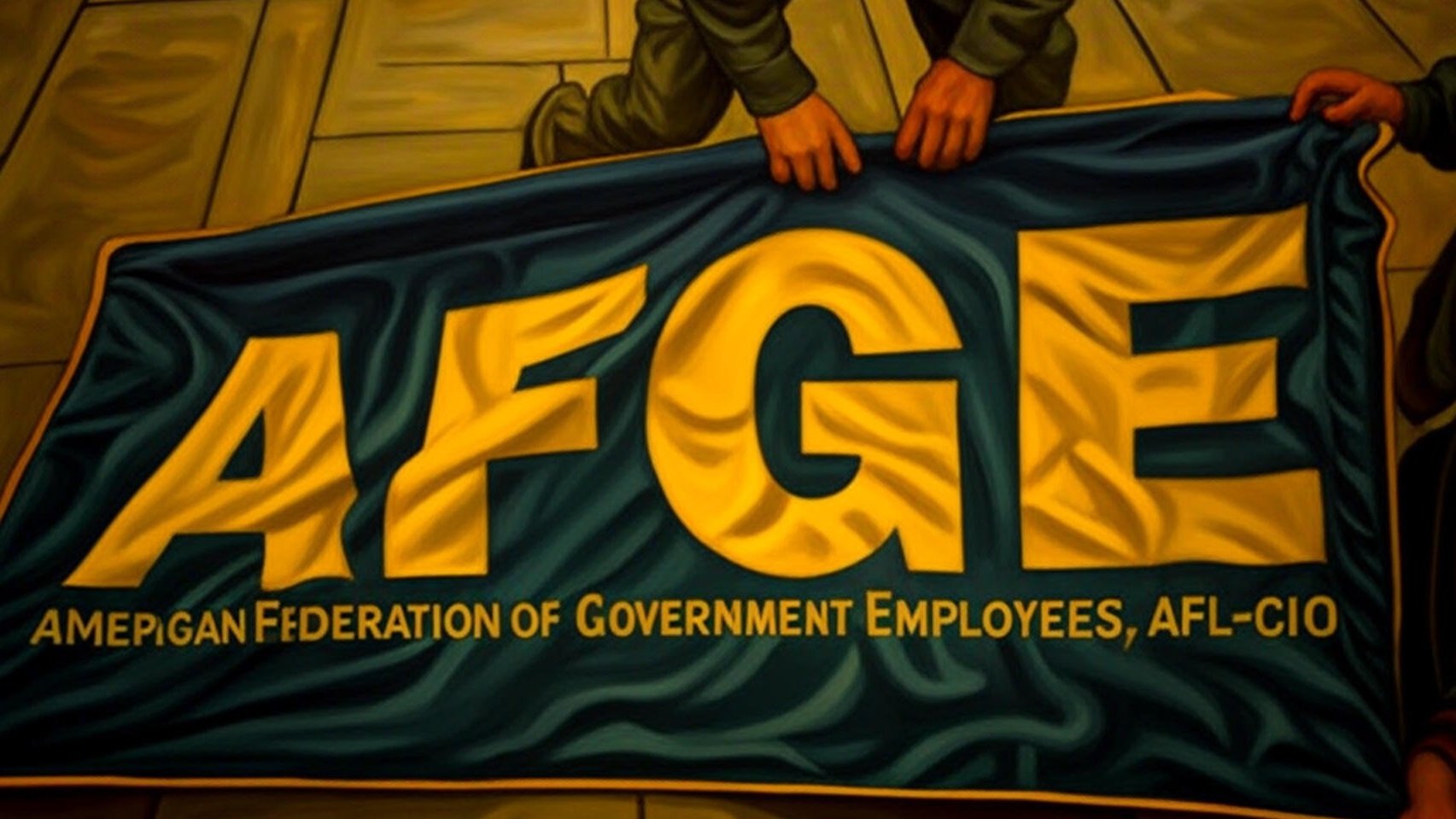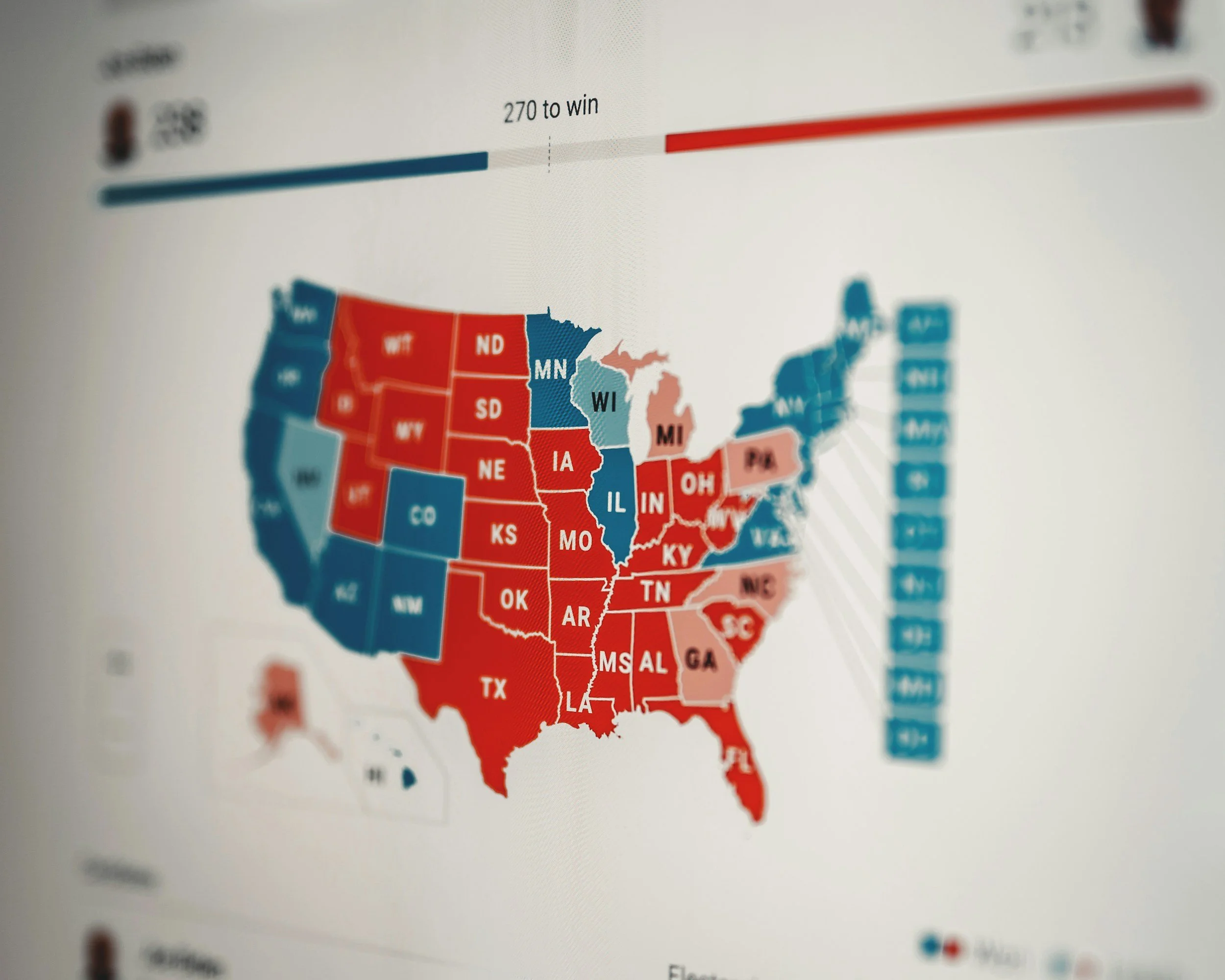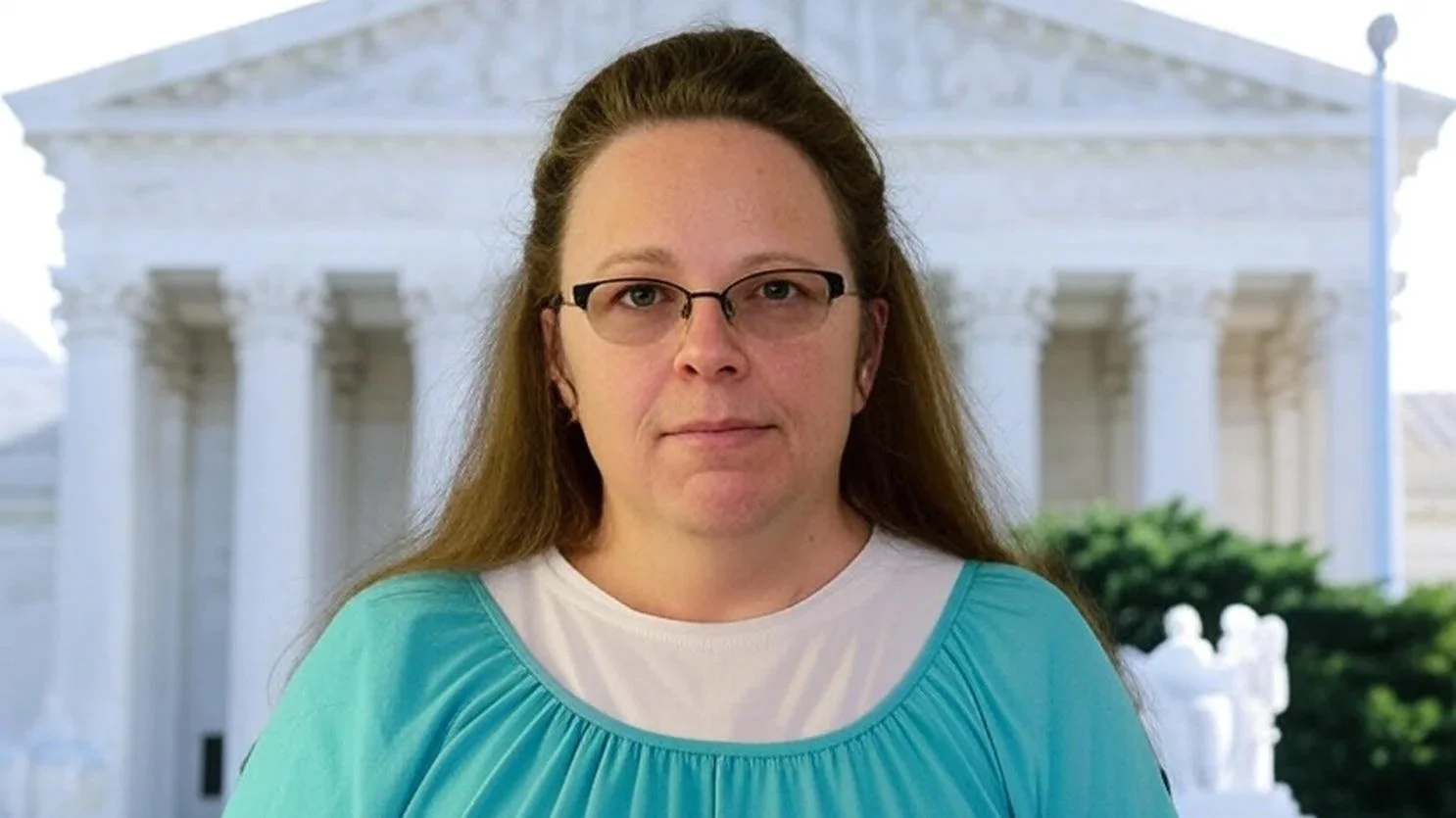Supreme Court Clears Path for Trump’s Federal Workforce Reductions
On July 8, 2025, the U.S. Supreme Court issued a pivotal ruling in Trump v. American Federation of Government Employees, allowing the Trump administration to proceed with an executive order mandating significant reductions in the federal workforce. The decision, delivered in a brief unsigned opinion, temporarily stayed an injunction by U.S. District Judge Susan Illston in San Francisco, which had blocked the administration from implementing the order pending ongoing appeals. This ruling marks a significant, albeit temporary, victory for President Donald Trump’s efforts to reshape the federal bureaucracy, but it has sparked intense debate over executive authority, congressional oversight, and the potential impact on public services.
Background of the Executive Order
On February 11, 2025, President Trump signed Executive Order 14210, titled “Implementing The President’s ‘Department of Government Efficiency’ Workforce Optimization Initiative.” The order directed federal agencies to “promptly undertake preparations to initiate large-scale reductions in force (RIFs), consistent with applicable law.” It established the Department of Government Efficiency (DOGE), led by billionaire Elon Musk, to oversee these efforts. The stated goal was to eliminate “waste, bloat, and insularity” in the federal government, empowering “American families, workers, taxpayers, and our system of Government itself.”
The executive order outlined several key directives:
Agencies must coordinate with DOGE to shrink the workforce and limit hiring to essential positions.
A hiring freeze, initiated on January 20, 2025, would continue, with agencies allowed to hire only one employee for every four who depart (with exceptions for immigration, law enforcement, and public safety roles).
The Office of Personnel Management (OPM) was tasked with rulemaking to ensure federal employees meet high conduct standards.
Agencies were to identify components or entire agencies for elimination or consolidation if their functions are not legally mandated.
On February 26, 2025, the Office of Management and Budget (OMB) and OPM issued a memorandum providing detailed guidance for implementing the RIFs. Agencies were required to submit Agency Reorganization Plans (ARRPs) by March 13, 2025, focusing on:
Eliminating non-mandated functions.
Consolidating duplicative roles.
Streamlining management layers.
Implementing technological solutions to automate routine tasks.
The restructuring was divided into two phases:
Phase 1 (due March 13, 2025): Identify initial cuts, prioritize service improvements, and analyze which agency subcomponents could be eliminated, consolidated, or expanded.
Phase 2 (due April 14, 2025): Provide organizational charts, employee data, competitive areas for RIFs, hiring oversight plans, and a timeline for implementation, with finalization by September 30, 2025.
The memorandum also outlined strategies such as enforcing a one-out-of-four replacement rule, removing underperforming employees, allowing temporary positions to expire, and renegotiating collective bargaining agreements.
Affected Agencies and Potential Impact
The executive order and subsequent memorandum target a broad range of federal agencies, including:
Departments of Agriculture, Energy, Labor, Interior, State, Treasury, and Veterans Affairs.
National Science Foundation, Small Business Administration, Social Security Administration, and Environmental Protection Agency.
Specific reduction plans have emerged, raising concerns about their impact on public services:
The Department of Education is planning to cut nearly half its workforce, potentially affecting educational programs and student aid administration.
The Department of Veterans Affairs is targeting a reduction of 80,000 employees, which could strain healthcare and benefits services for veterans.
The Environmental Protection Agency faces potential cuts of up to 65%, threatening environmental regulation and enforcement.
Estimates suggest that at least 12% of the 2.4 million civilian federal workers—approximately 288,000 employees—could be affected, with the number potentially growing as plans solidify. Critics warn that such cuts could disrupt critical services, including food safety inspections, veterans’ healthcare, and social security administration.
Legal Challenges
A coalition of labor unions, local governments, and advocacy groups, including the American Federation of Government Employees, filed lawsuits against nearly every federal agency to block the layoffs, arguing that the executive order exceeded presidential authority and violated the separation of powers. On May 9, 2025, Judge Susan Illston issued a temporary restraining order, followed by a preliminary injunction, halting the administration’s plans and requiring the disclosure of related documents.
Illston’s ruling was based on the premise that large-scale government reorganization requires congressional approval, a view supported by a 2-1 decision from the 9th Circuit Court of Appeals, which declined to lift her order. The plaintiffs argued that allowing the executive order to proceed would “permit the total implementation of this vision before the courts can give the careful consideration that these important constitutional issues merit.”
On June 2, 2025, U.S. Solicitor General D. John Sauer appealed to the Supreme Court, asserting that Illston’s order caused “ongoing and severe harm” by interfering with the Executive Branch’s authority to manage its workforce.
The Supreme Court’s Order
On July 8, 2025, the Supreme Court granted the administration’s request to stay Illston’s injunction, allowing the executive order and OMB/OPM memorandum to be implemented while the appeal proceeds in the 9th Circuit. The majority opinion stated that the government is likely to succeed in arguing that the executive order and memorandum are legal, meeting the criteria for temporary relief. However, the court clarified that it was not ruling on the legality of specific RIFs, noting, “Those plans are not before this Court.”
Justice Sonia Sotomayor concurred in a one-paragraph opinion, emphasizing that the executive order requires agencies to act “consistent with applicable law” and that lower courts can still evaluate specific plans. She wrote, “The plans themselves are not before this Court, at this stage, and we thus have no occasion to consider whether they can and will be carried out consistent with the constraints of law.”
Justice Ketanji Brown Jackson dissented, delivering a sharp critique of the majority’s decision. Drawing on her eight years as a federal district judge, she argued that the district court was better positioned to determine whether the executive order constitutes a “massive restructuring of the Federal Government (the likes of which have historically required Congress’s approval)” or “minor workforce reductions consistent with existing law.” She warned that the ruling could lead to “mass employee terminations, widespread cancellation of federal programs and services, and the dismantling of much of the Federal Government as Congress has created it.”
Reactions and Public Response
The Supreme Court’s decision has elicited strong reactions from stakeholders. The plaintiffs, including labor unions and advocacy groups, issued a joint statement condemning the ruling as a “serious blow to our democracy” that jeopardizes services like food safety and veterans’ care. Federal workers and supporters have staged protests, including a rally in Washington, D.C., on March 24, 2025, and demonstrations in Atlanta on April 2, 2025.
The Trump administration, however, views the ruling as a validation of its efforts to streamline government operations. President Trump has described the federal workforce as “bloated” and “sloppy,” arguing that reductions are necessary to advance his agenda.
Current Status and Future Outlook
The case remains active, with the appeal now before the 9th Circuit Court of Appeals. The Supreme Court’s decision allows the administration to proceed with planning and implementing RIFs, but the legality of specific layoffs and reorganizations is still under review. If the 9th Circuit rules against the administration, the issue could return to the Supreme Court for a definitive resolution.
The broader context of this case reflects ongoing tensions between executive and legislative powers. The Trump administration’s reliance on DOGE to bypass a Republican-controlled Congress has drawn criticism for undermining constitutional checks and balances. Meanwhile, the administration continues to pursue other workforce-related initiatives, such as tracking employee attendance and enforcing return-to-office policies.
The Supreme Court’s July 8, 2025, ruling represents a critical juncture in the Trump administration’s efforts to reduce the federal workforce. While it allows the administration to move forward with its plans, it does not resolve the underlying constitutional questions about the president’s authority to reorganize the government without congressional approval. As the case progresses through the courts, its outcome will have far-reaching implications for the federal bureaucracy, public services, and the balance of power in Washington.



















In a significant policy shift, federal prosecutors in the District of Columbia have been directed to stop bringing felony charges against individuals solely for carrying rifles or shotguns. The new directive, confirmed by U.S. Attorney for D.C. Jeanine Pirro, stems from a Justice Department determination that the city's longstanding ban on the public carry of long guns is unconstitutional in light of recent Supreme Court precedent.